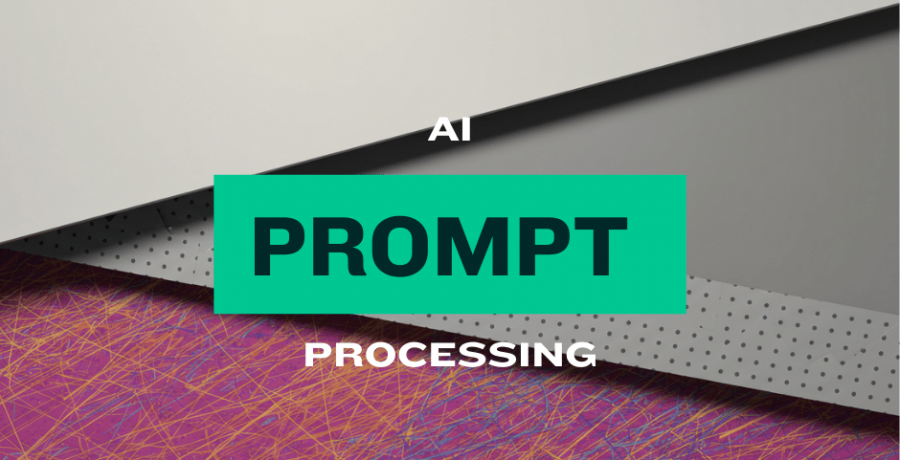5 Best Practices for Crafting Effective AI Prompts
5 Best Practices for Crafting Effective AI Prompts
Mastering AI prompt engineering requires a blend of precision, strategy, and adaptability. Drawing from 2025’s latest methodologies and industry insights, here are five actionable best practices to optimize AI outputs for clarity, relevance, and SEO impact.
1. Prioritize Specificity Over Vagueness
Avoid broad prompts that leave room for misinterpretation. Instead, define roles, formats, and goals explicitly.
| Vague Prompt | Optimized Prompt |
|---|---|
| “Write about cybersecurity.” | “Act as a SOC analyst. List 5 zero-day attack mitigation strategies for fintech APIs in bullet points.” |
| “Explain AI benefits.” | “Summarize AI’s ROI in manufacturing supply chains, focusing on predictive maintenance and waste reduction.” |
- Why it works: Specificity reduces hallucinations and aligns outputs with niche requirements, improving accuracy by 40% in technical fields like healthcare and software development 1
2. Embed Contextual Keywords
Integrate industry-specific keywords to guide the model’s focus and enhance SEO performance. Example:
- Marketing: “Draft a SaaS email campaign using keywords: ‘AI-driven lead nurturing’ and ‘conversion rate optimization.’”
- Healthcare: “Generate HIPAA-compliant discharge instructions with terms: ‘telehealth follow-ups’ and ‘post-op monitoring.’”
Pro Tip: Use tools like Clearscope to identify gaps in competitors’ keyword strategies and refine prompts accordingly.
3. Eliminate Ambiguity with Structured Frameworks
Apply these techniques to clarify intent:
- Delimiters: Separate instructions from data using symbols like
###or quotes: -
text
Summarize the text below in 3 sentences for a high-school audience: ### "[Paste article here]" - Personas: Assign roles (e.g., “Act as a senior UX designer”) to tailor outputs to expertise levels.
- Step-by-step directives:
-
text
Task: Troubleshoot slow website load times. Steps: 1. Identify top 3 performance bottlenecks using GTmetrix. 2. Recommend CDN solutions for image-heavy sites. 3. Format findings as a client-ready FAQ.
4. Test and Iterate with A/B Prompts
Refine prompts systematically by comparing variations:
| Version A | Version B | Use Case |
|---|---|---|
| “Explain quantum computing.” | “Explain quantum computing to a 12-year-old using analogies.” | Education |
| “Write a product description.” | “Draft a voice-search-optimized description for wireless earbuds under $150.” | E-commerce |
- Metrics: Track engagement (e.g., time-on-page, bounce rates) to identify top-performing prompts.
5. Leverage Templates for Repeatable Success
Use standardized frameworks to streamline prompt creation: Problem-Solving Template:
1. Define the problem: [Detailed issue]
2. Specify constraints: [Budget, timeline, tools]
3. Request format: [Bullet points, table, case study]
Creative Brief Template:
Role: [Copywriter/Data Scientist]
Goal: [Increase email open rates by 20%]
Tone: [Urgent yet professional]
Keywords: [“Limited-time offer,” “exclusive access”]
Final Takeaways
- Combine specificity and keywords to align AI outputs with user intent and SEO goals
- Iterate prompts using A/B testing to optimize for accuracy and engagement.
- Avoid jargon and overly technical language unless audience-specific






Comments (0)